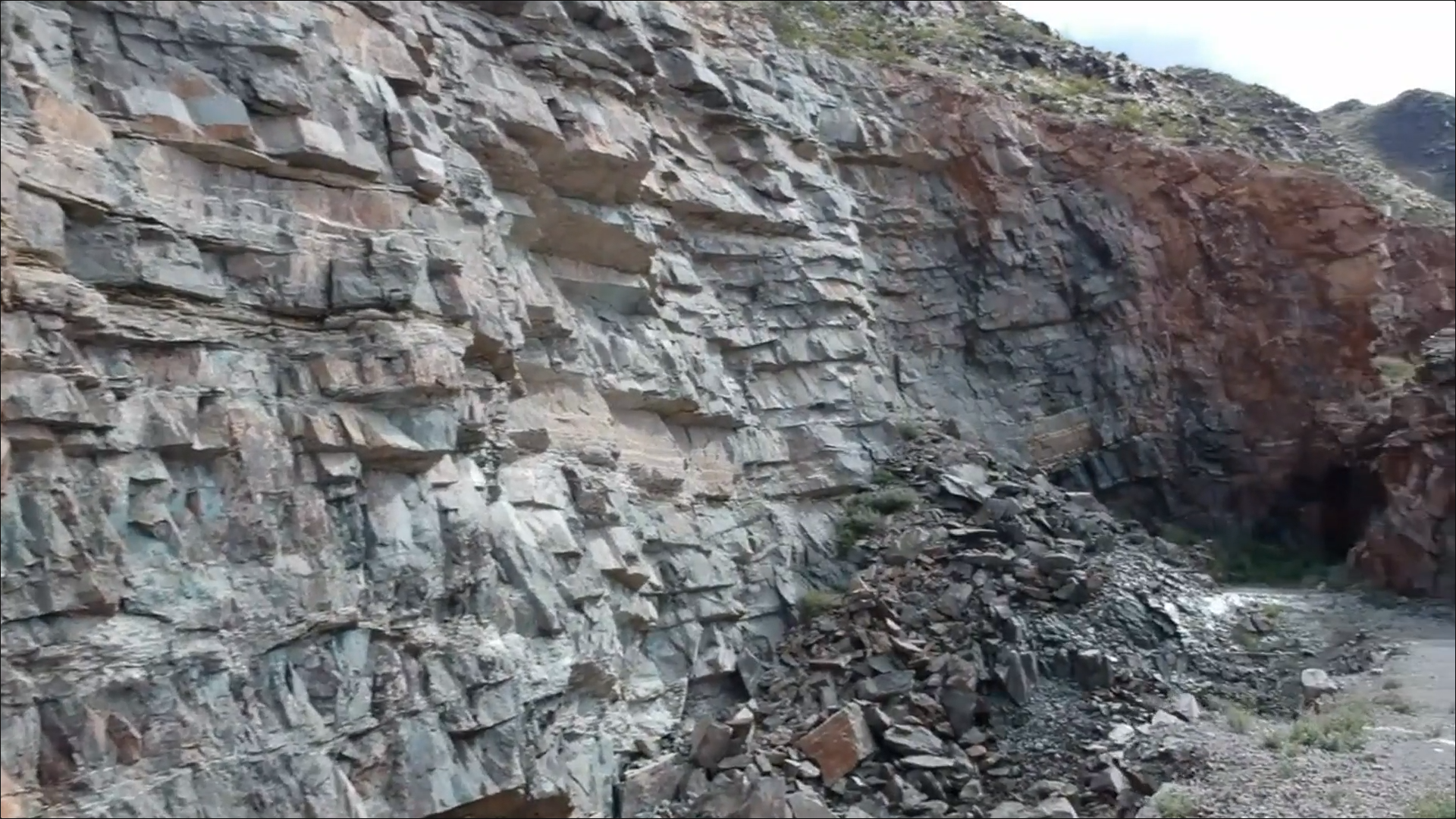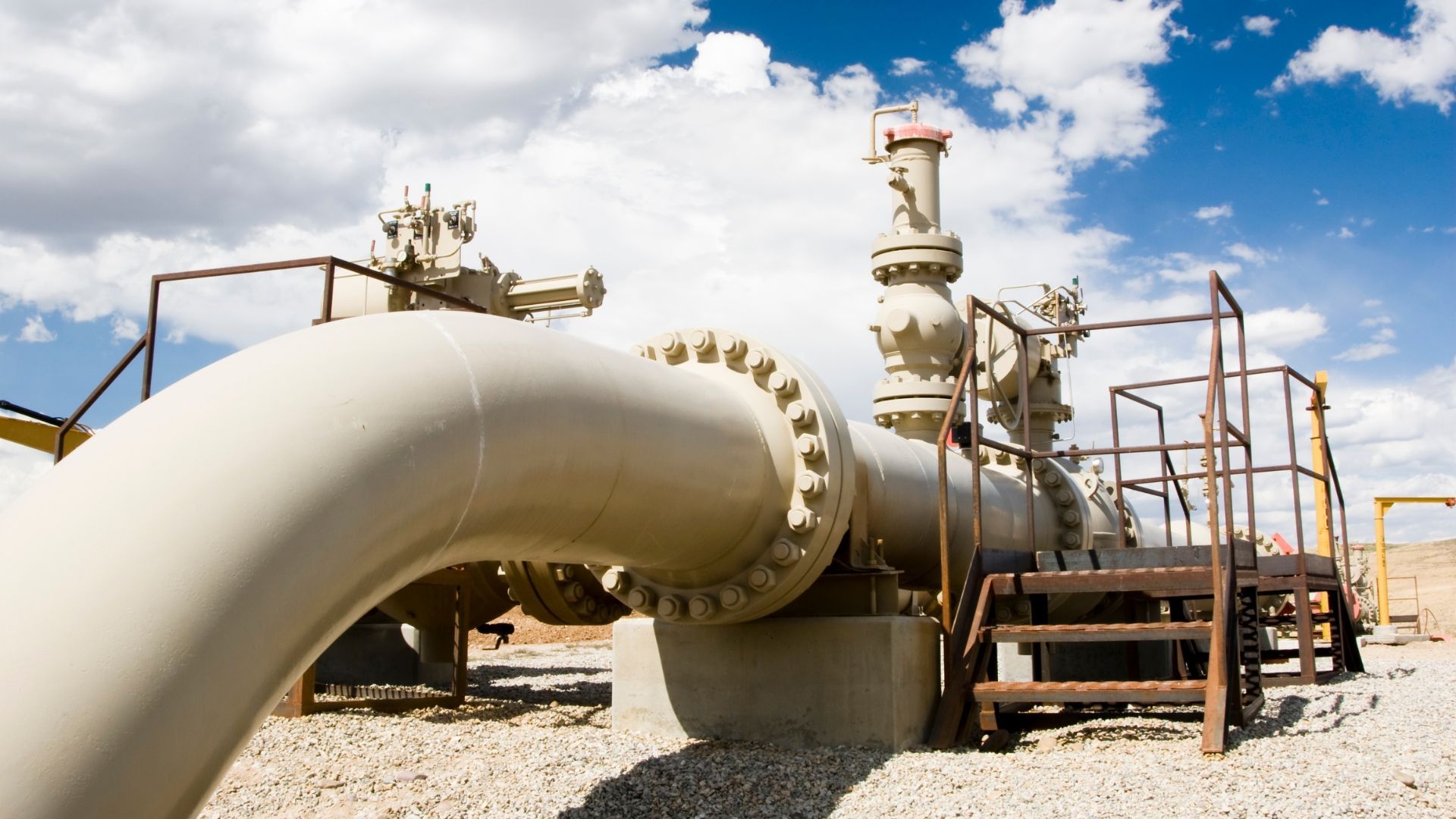Funding from President Biden’s Investing in America Agenda will help connect sources of carbon dioxide to locations for geologic storage or conversion through multiple transport modes
WASHINGTON, D.C.— The U.S. Department of Energy’s (DOE) Office of Fossil Energy and Carbon Management (FECM) today announced it will make up to $24 million available to support the transport of carbon dioxide (CO2) to locations for permanent geologic storage or conversion to useful products. The CO2—captured from industrial and power generation facilities, as well as from legacy carbon dioxide emissions captured directly from the atmosphere—may be transported by any mode of transport such as pipelines, rail, trucks, barges, or ships, including any combination of transport modes. Made possible through President Biden’s Investing in America agenda, this effort supports the development of a large-scale carbon storage industry key to achieving the Administration’s ambitious climate goal of a net-zero emissions economy by 2050.
“Ensuring the safe, reliable expansion of our nation’s carbon dioxide transport system obliges us to consider transport solutions that are well-suited to region-specific requirements,” said Brad Crabtree, Assistant Secretary of Fossil Energy and Carbon Management. “With the re-opening of this funding opportunity, we are seeking all viable approaches for transporting carbon emissions that will support a growing carbon management industry that is critical to meeting our nation’s climate goals.”
The United States will likely need to capture and permanently store approximately 400–1,800 million metric tons of CO2 annually by 2050 to meet its net-zero commitments. To accommodate the expected rapid growth of the carbon capture and storage industry, we will need to significantly expand our CO2 transport network over the next decade to connect CO2 sources, such as industrial facilities and power plants, to geologic formations where captured CO2 emissions can be securely and permanently stored deep underground or to locations where it can be used as a feedstock to manufacture fuels, chemicals, building materials, and other products. These projects will reduce carbon emissions while protecting and creating healthier environments for local communities.
Carbon Dioxide Transport, Front-End Engineering and Design Funding Announcement
The third opening of this funding opportunity announcement (FOA) will support front-end engineering and design (FEED) studies for regional CO2 transport networks to safely transport captured CO2 from key sources to centralized locations. Selected projects will focus on carbon transport costs, transport network configurations, and technical and commercial considerations that enable industrial-scale deployment of carbon capture, conversion, and storage.
In alignment with the Biden-Harris Administration’s commitment to advance environmental justice and equity, funding applicants must carefully address the societal considerations and impacts of their proposed projects, emphasizing early and active engagement with communities. Applicants must explain how projects are expected to deliver economic and environmental benefits and mitigate impacts; conduct community and stakeholder engagement; incorporate diversity, equity, inclusion, and accessibility; and promote workforce development and quality jobs. Projects selected under this opportunity will be required to develop and implement strategies to ensure strong community and worker benefits, and report on such activities and outcomes. The FEED studies will incorporate input from community engagement in identifying alternative routes and applicable safety mitigation measures, where appropriate.
Read more details of this FOA here. All questions must be submitted through FedConnect; register here for an account. The application deadline is July 9, 2024 at 5:00 p.m. ET.
DOE’s Broader Advancements in Carbon Dioxide Transport and Storage
Since January 2021, FECM has committed an estimated $853 million to projects that advance the research, development, and deployment of carbon transport and storage technologies and infrastructure. This total includes $17 million in Bipartisan Infrastructure Law funding for six projects that will perform FEED studies for regional CO2 transport networks. This progress is essential to help drive economic development, technological innovation, and high-wage jobs as we build a clean energy and industrial economy.
FECM minimizes environmental and climate impacts of fossil fuels and industrial processes while working to achieve net-zero emissions across the U.S. economy. Priority areas of technology work include carbon capture, carbon conversion, carbon dioxide removal, carbon dioxide transport and storage, hydrogen production with carbon management, methane emissions reduction, and critical minerals production. To learn more, visit the FECM website, sign up for FECM news announcements, and visit the National Energy Technology Laboratory website.







